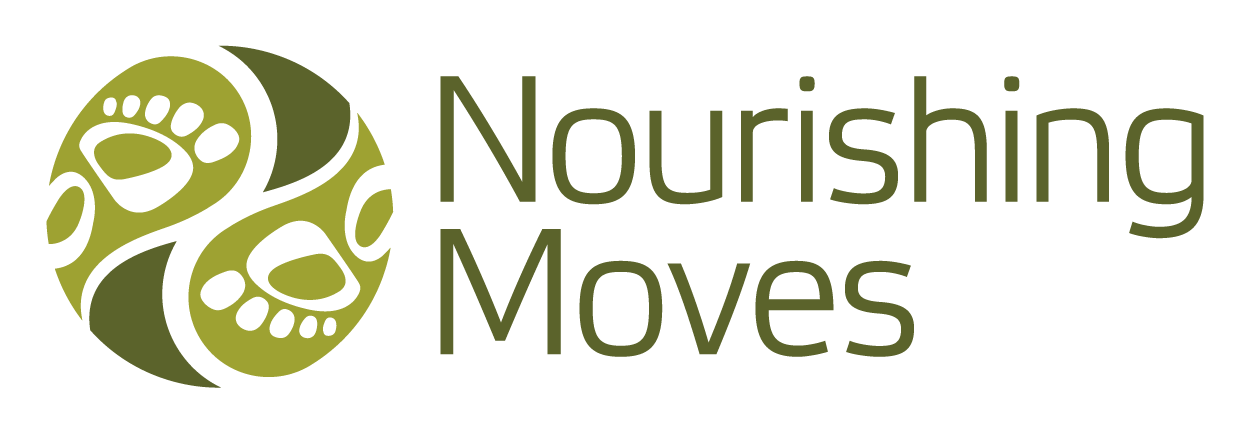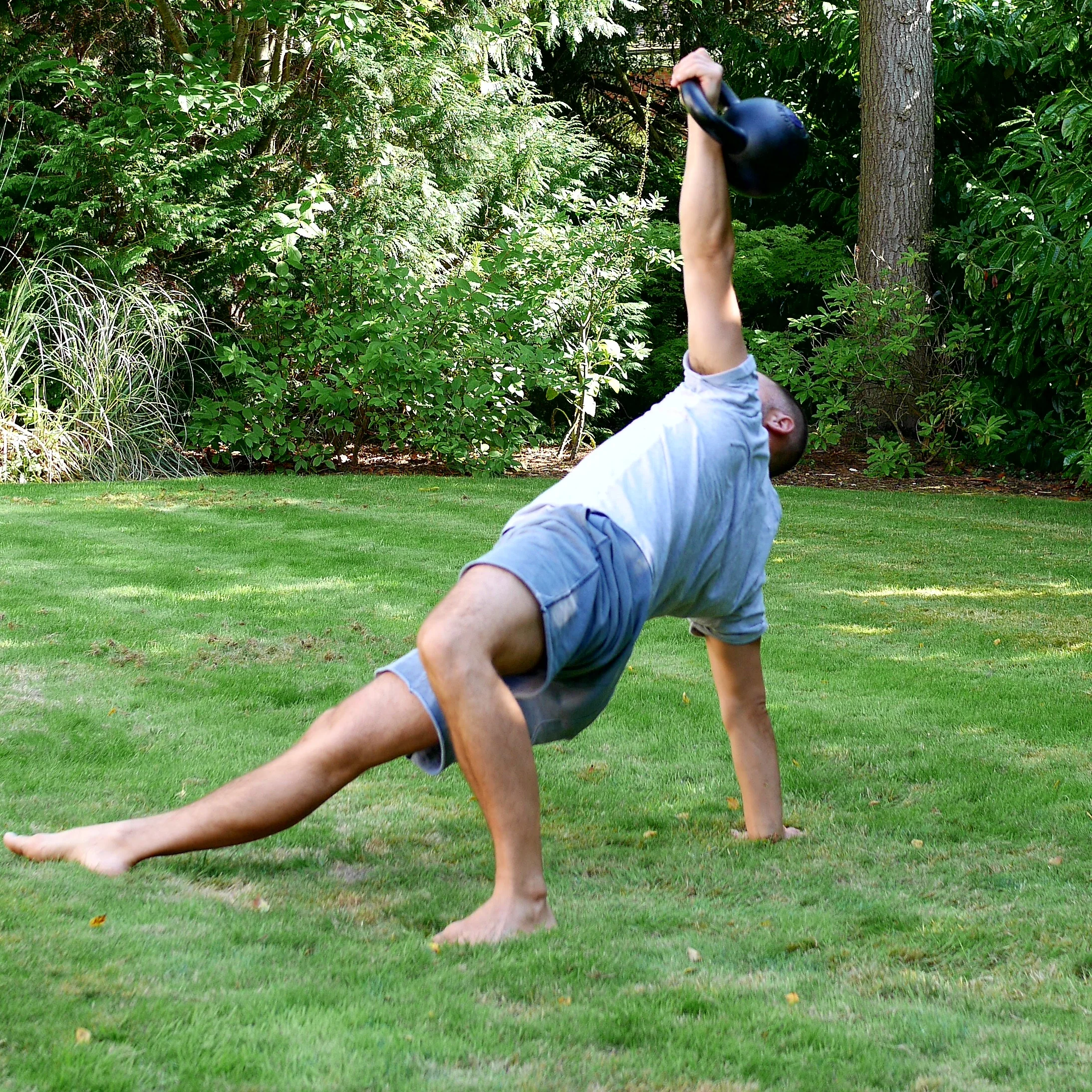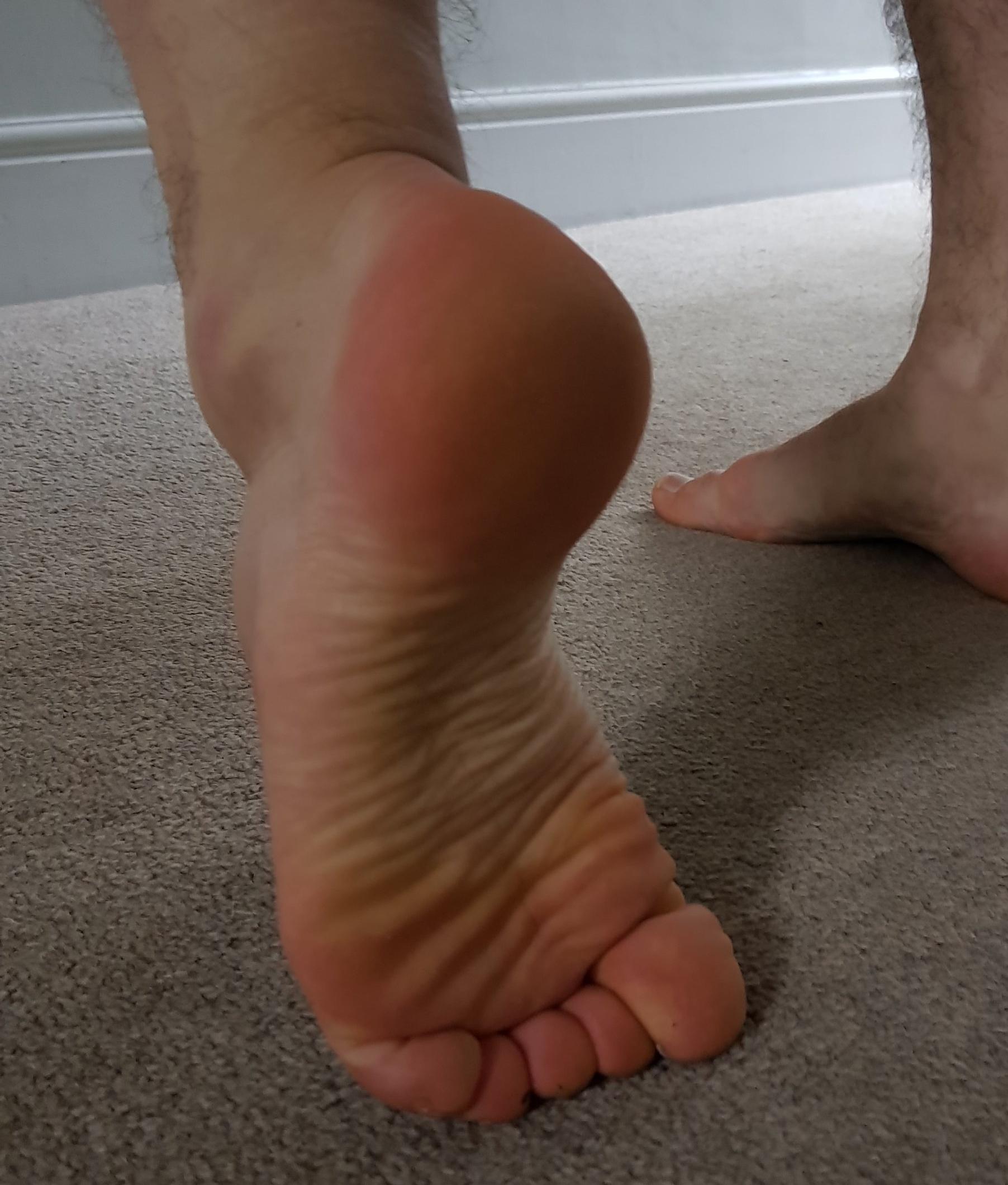If You're Not Barefoot You're Over Dressed
Founder of natural movement system Erwan Le Corre believes that we are to our ancestors as Chihuahuas are to wolves.
As a personal trainer, Pilates, Tai Chi, strength and movement coach for the last 20 years I find it hard to disagree with this humbling analogy.
I witness first-hand what our lifestyle has done to the general population. Weakness, stiffness, lack of co-ordination and general disconnection is now normal. As a result, we suffer with neck, shoulder, back, hip and knee pain as well as increasing disease both physical and mental.
My Nourishing Moves method looks to add some wolf back into our Chihuahua bodies and like any endeavour its best to start from the ground up, and by ground I mean our feet!
Our feet may be comparatively small but the foot actually makes up 25% of muscles in the whole body. With over 200,000 nerve endings, 28 bones and 19 ligaments. It’s easy to understand why Leonardo da Vinci described the human foot as a bio-mechanical master piece.
However, as soon as we were able to walk our parents squeezed our little master pieces into shoes or as I view them cages. We are now at the stage where footwear companies have convinced us that we need special shoes for everything, from jogging, sprinting, walking, hiking, cross training, dancing, weight lifting, football, basketball, tennis, golf as well as formal dress and fashion shoes.
I'm using this blog to point out that these shoes are not only hurting us they are playing their part in the disconnection we have from our bodies and why I ask clients to train barefoot and walk barefoot as much as possible to restore some connection.
I believe there are 4 main problems with the modern shoe:
- They are too narrow, squashing our toes together and distorting our foot's natural structure.
- 95% of shoes (men's as well as women's') have some sort of elevated heal which tilts the whole body out of its natural alignment to compensate.
- Our shoes have thick, stiff soles which effect our stride, gait and foot strength. The soles also muffle the foot's natural intelligence and sensory feedback system from those 200,000 nerve endings. The feet are designed to communicate with our whole body and brain, telling us where we are and what's going on so we can respond with the appropriate positioning and muscles.
- The rubber soles insulate and disconnect us from the earth's natural healing current. This is a separate topic which you can find out more by clicking this link Earthing
Considering what shoes do to our feet It becomes easy to understand why pain is so common through the rest of the body. Our feet are not only muffled and muted but our posture and movement becomes distorted to accommodate its compressed, stiff and weak feet.
Imagine trying to prepare even a simple meal wearing a pair of oven gloves and you can see the problem our feet have.
Way back in 1905, an orthopedist named Dr. Philip Hoffman did a comparative study of bare footed and shoe wearing people and published his results in the American Journal of Orthopaedic Surgery.
After studying one hundred and eighty six pairs of primitive non shoe wearing feet he didn’t find a single foot associated with the symptoms so common with shoe wearing feet.
In his book “Take Off Your Shoes and Walk” foot Doctor Simon J. Wikler D.S.C. believes that practically all shoes worn daily by men and women in our Western world have little relation to the shape of the human foot. He also believes that most adults foot trouble would be non-existent if properly shaped shoes had been worn during childhood or better yet, if those people had gone barefoot.
Dr Daniel Lieberman who is a professor of biological anthropology at Harvard university states:
“A lot of foot and knee injuries that currently plague us are caused by over engineered fitness and running shoes that make our feet weak.
So what’s the answer?
The current answer is to begin wearing barefoot trainers. There are now a range of footwear companies such as Vibram five fingers, Vivobarefoot and my personal favourite Tade Evo that offer the closest thing to barefoot walking without injuring our tender soft soles. However as much as I love these shoes I have found for the average person going from air cushioned Nikes to bare foot trainers is equivalent to sleeping on an air bed with three pillows to sleeping on the floor. There will be aches and pains in the transition.
From the first pair of shoes our parents brought us our feet have lived a life of captivity. Like captive creatures they need to be eased back into the wild gently. My series of barefoot exercises makes the transition much smoother.
How to transition to barefoot walking
Run through the following 7 exercises 1-3 times per day to reawaken the feet helping them to restore sensory feedback, strength and flexibility. Your whole body will thank you for it with less pain, better balance, connection and stronger performance.
1. Standing foot massage with spiky ball
Wake up those 200,000 nerve endings with the spiky ball. Simply run your foot over it in a standing position for around 2-3 minutes on each foot. Feel the instant difference it makes!!
2. Toe Spacer Stretch
Place a finger between each of your toes and allow them to widen and adjust from their narrow cages. As little as 1 minute on each foot makes a noticeable difference to how your feet feel and how you walk.
3. Toe lifts
Rebuild some strength in the top of the foot by lifting all of the toes from the floor. Lift and hold and spread the toes out for 5 seconds. Let go and then repeat the exercise for 10 reps on each foot.
4. Top of foot stretch
Tuck your toes under and push your foot forward to feel a stretch at the front of your foot. Hold for 15 - 30 seconds on each foot and repeat 2-3 times.
5. Calf Raise
Stand on a step with the balls of your feet at the edge. Drop your heals as low as you can feeling a stretch in the calf muscle. Raise up as high as you can for 15-20 repetitions for 3 sets. Once you can manage this easily you may want to try it on one leg, effectively doubling the challenge.
6. Calf stretch
Once you have finished your calf raises drop the heals low to feel the stretch in your calf muscle. Hold the stretch for 15-30 seconds and repeat for 2-3 rounds.
7. Toe Gizmo
The toe gizmo was first shown to me by Pilates trainer Julie Driver. It's a simplified version from Joe Pilates more engineered toe strengthener. In fact its so simple its just an elastic band! Hold the top of the elastic band with one hand and place the other end around a toe. Use the band to lift the individual toe while keeping the others still and on the floor. Not as easy as you would think but it soon happens with some practice. Next work against the resistance of the band pushing the toe back to the floor to increase the toe strength. work on all those individual toes for a few repetitions each paying more attention to those less able.
Barefoot Transition Steps
1. Start by avoiding footwear at home. Take off your slippers and walk barefoot around your home.
2. Run through the 7 foot exercises shown above 1-3 times per day until your feet are noticeably stronger and mobile.
3. Begin to take short walks outdoors wearing a brand of barefoot trainer.
4. Start to do your exercise routine totally barefoot. If in a commercial gym you may need to settle for barefoot trainers.
5. Begin to take longer barefoot walks using your bare foot trainers and shorter walks on the sand or grass totally barefoot.
6. Transition to barefoot and using barefoot footwear as often as possible to reap the health benefits. Once your feet have become stronger and used to barefoot walking you can stop doing the foot exercises so often. Walking barefoot will keep them strong, balanced, receptive and mobile just as nature intended.








